
AeroGenie — あなたのインテリジェントな副操縦士。
現在のトレンド
Categories
Aviation Expert Richard Godfrey Attributes AI 171 Crash to RAT Deployment, Rules Out Pilot Error

Aviation Expert Richard Godfrey Attributes AI 171 Crash to RAT Deployment, Rules Out Pilot Error
Aviation expert Richard Godfrey has identified the automatic deployment of the Ram Air Turbine (RAT) as the primary cause of the Air India Flight 171 crash in Ahmedabad on June 12, dismissing widespread speculation that pilot error was to blame. In an interview with Geoffrey Thomas, Godfrey examined preliminary findings and data released by the Air Accident Investigation Bureau (AAIB) a month after the London-bound aircraft crashed, resulting in the deaths of all but one passenger.
Timeline and Key Findings
The AAIB’s preliminary report outlines a rapid sequence of events on the day of the crash. At 1:13 pm, the aircraft requested pushback and startup clearance, followed by Air Traffic Control (ATC) confirming the need for the full length of Runway 23 at 1:19 pm. Taxi clearance was granted at 1:25 pm, and by 1:33 pm, AI 171 was instructed to line up for takeoff. The flight was cleared for takeoff at 1:37 pm, but just two minutes after liftoff, the pilots issued a MAYDAY call before the aircraft crashed seconds later.
The report highlights that both engines shut down within one second of each other after the fuel supply was cut off. Cockpit voice recordings captured one pilot questioning the other about the engine shutdown, with the second pilot denying any action to cut the engines. Examination of the engines recovered from the crash site revealed they were in the “Run” position, and attempts had been made to relight them.
RAT Deployment and Technical Analysis
Godfrey’s detailed analysis, drawing on the preliminary report, flight data, and airport CCTV footage, revealed that the RAT was automatically deployed at approximately 1:38:47 pm. According to the data, both engines’ N2 values dropped below minimum idle speed at this time, triggering the RAT hydraulic pump to supply hydraulic power. The preliminary report included an image showing the RAT in its extended position but did not clarify the timing or cause of its deployment.
By synchronizing multiple data sources—including the flight data recorder (FDR) and ATC logs—Godfrey established that the RAT deployment occurred mere seconds before the crash. This timing strongly suggests a technical malfunction rather than any human intervention.
Conflicting Interpretations and Ongoing Investigation
Despite Godfrey’s findings, the investigation has been marked by conflicting interpretations. Some experts, including Captain Byron Bailey, have proposed the possibility of deliberate pilot action, even suggesting “suicide by the pilot” as a theory. However, Godfrey’s analysis, supported by the available data, firmly disputes this notion, attributing the crash to a technical failure centered on the RAT deployment.
In response to the incident, the U.S. Federal Aviation Administration (FAA) and Boeing reviewed the safety of fuel cutoff switch locks, which had come under scrutiny during the investigation. Both organizations have since affirmed the safety of these components.
The investigation into the AI 171 crash remains ongoing, with authorities yet to issue a definitive conclusion. For now, Godfrey’s assessment shifts the focus away from pilot error, underscoring the critical role of the RAT deployment in the tragic sequence of events.
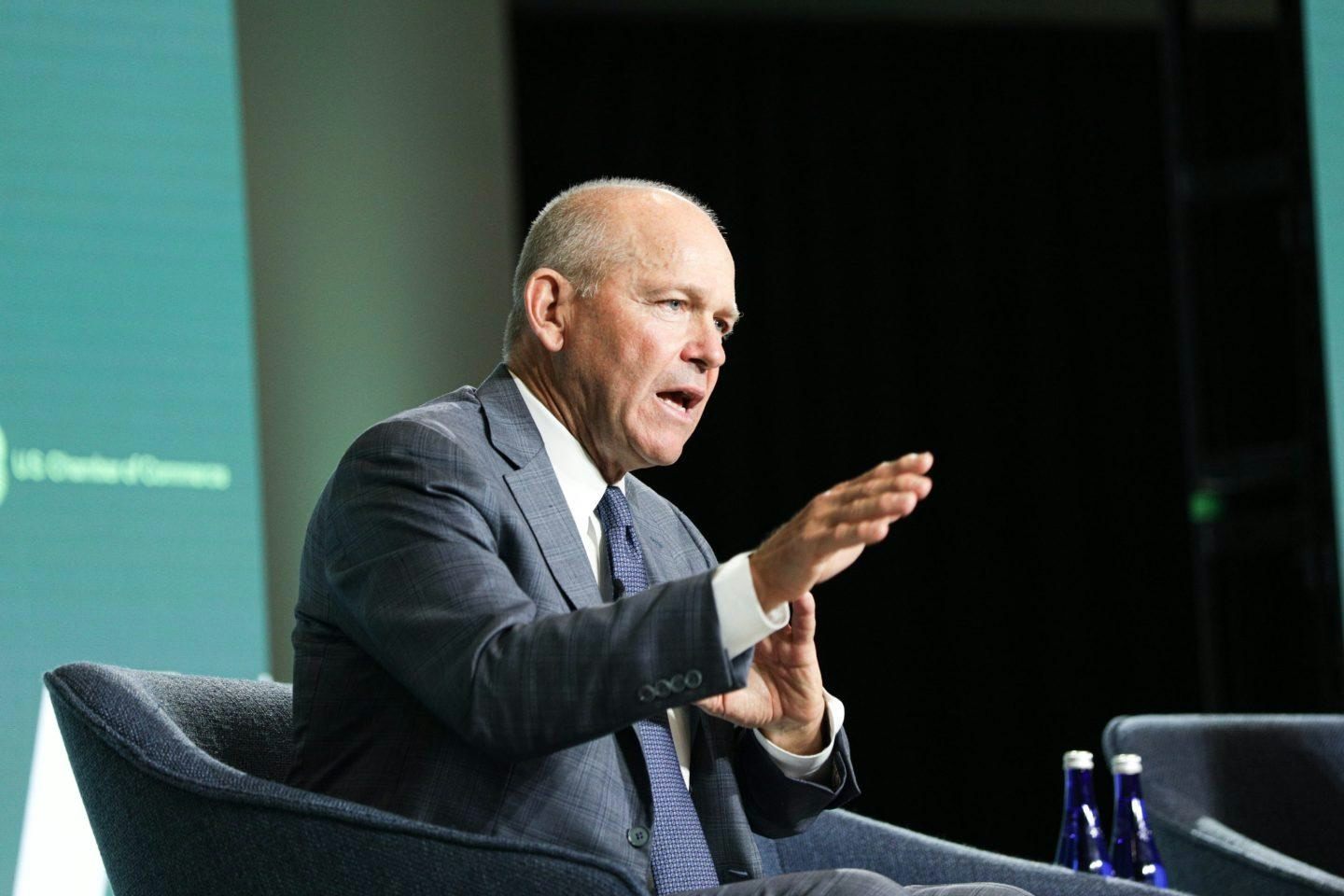
Aerospace and Defense Executives Warn of Ongoing Supply Chain Vulnerabilities

ABM Industries’ Aviation Partnership Signals Broader Innovation Strategy
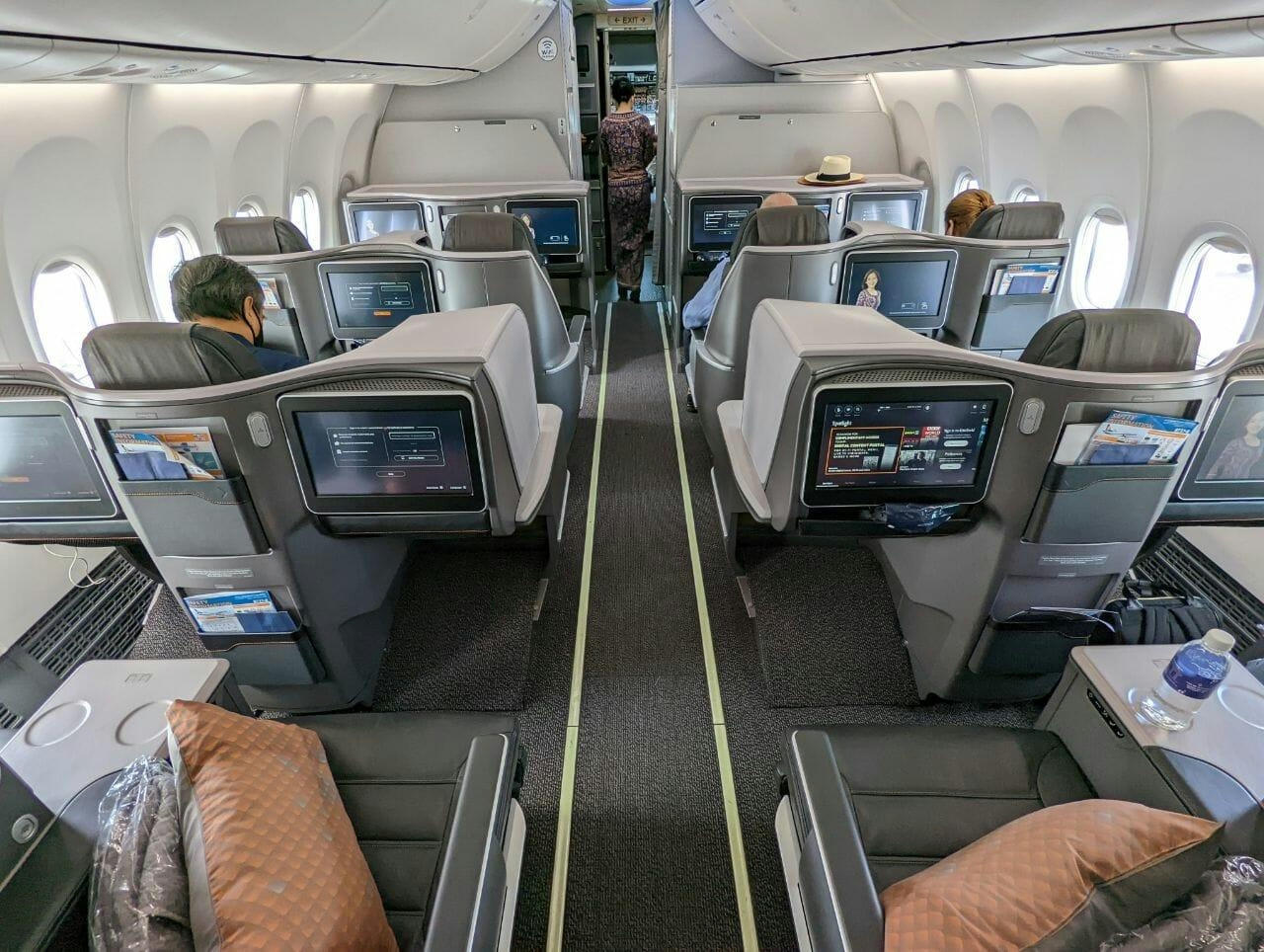
Singapore Airlines 737 MAX Business Class Review
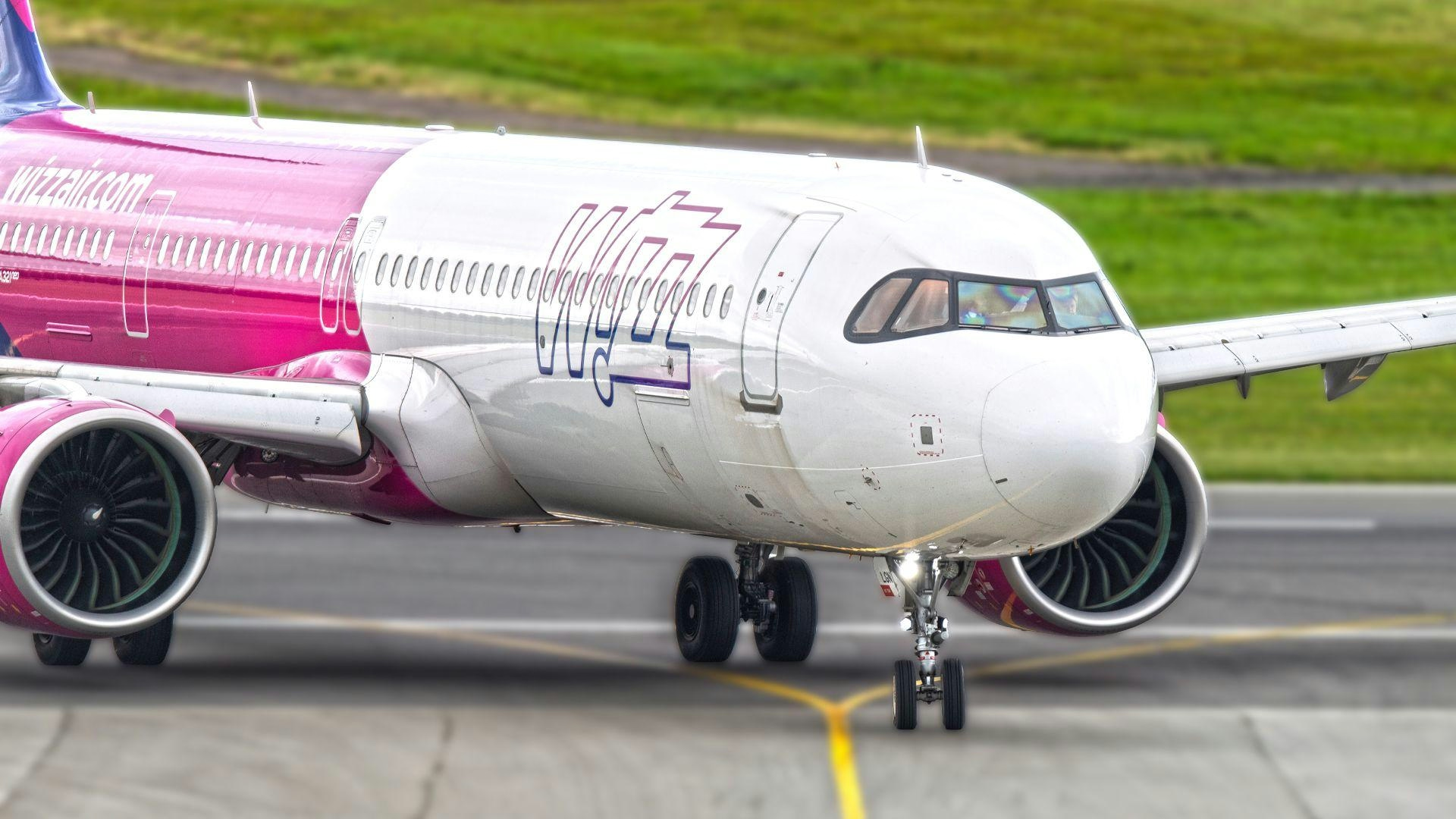
Wizz Air Grounds Two A321XLR Aircraft and Cuts Future Orders

The Enduring Legacy of the Boeing 747 in Aviation Engineering
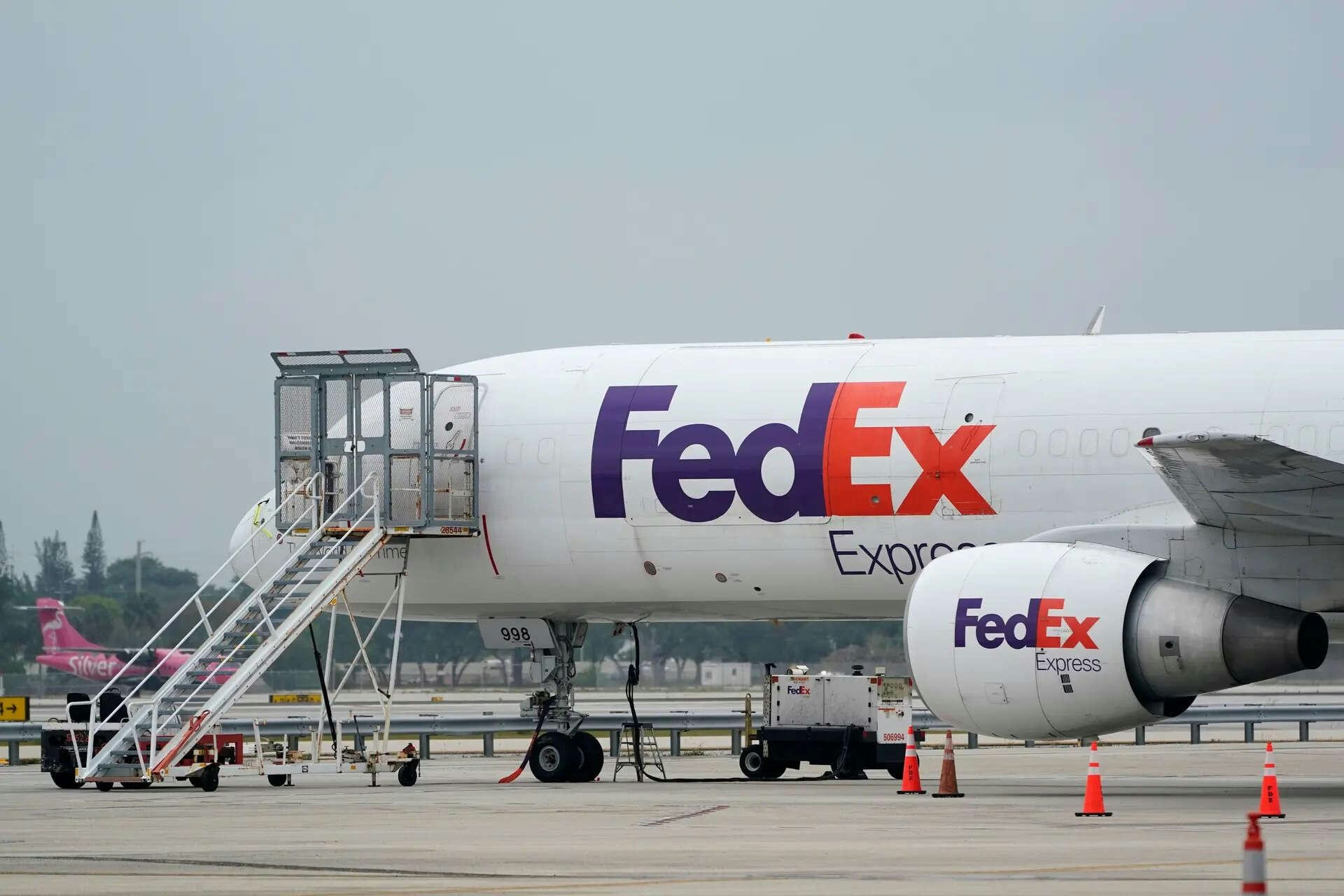
UPS, FedEx ground dozens of aircraft at Boeing’s recommendation
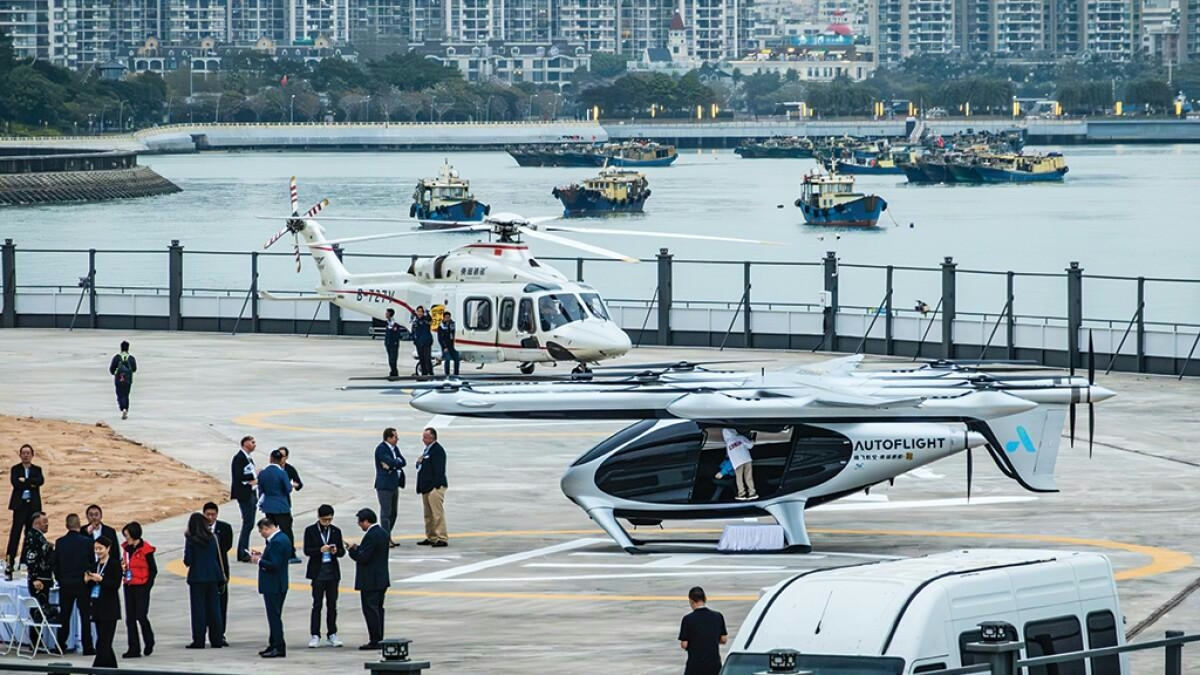
China’s Low-Altitude Economy Expands with Air Taxis and Drone Deliveries

Report Details Fiery History of McDonnell Douglas MD-11’s CF6 Engine
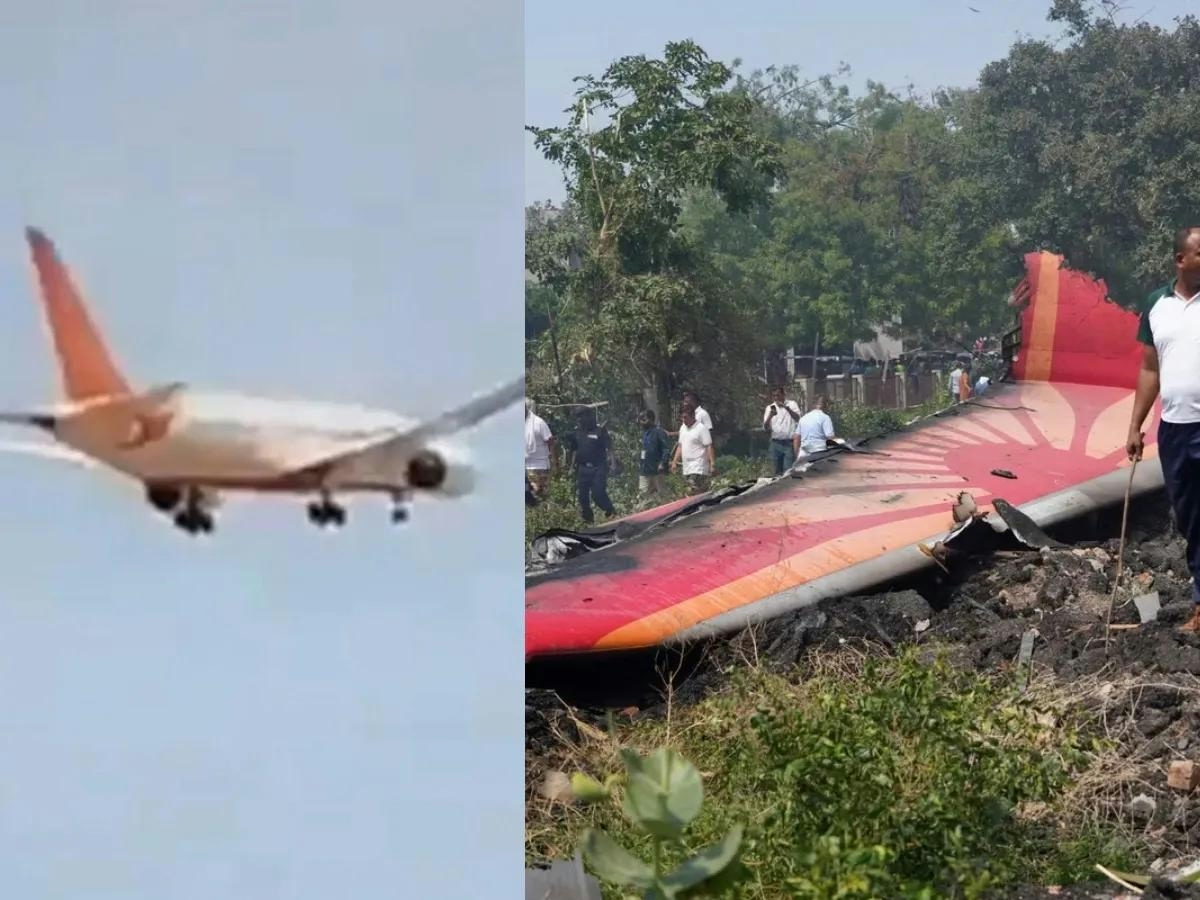
Supreme Court Rules Pilot Not Liable in Air India AI171 Crash
